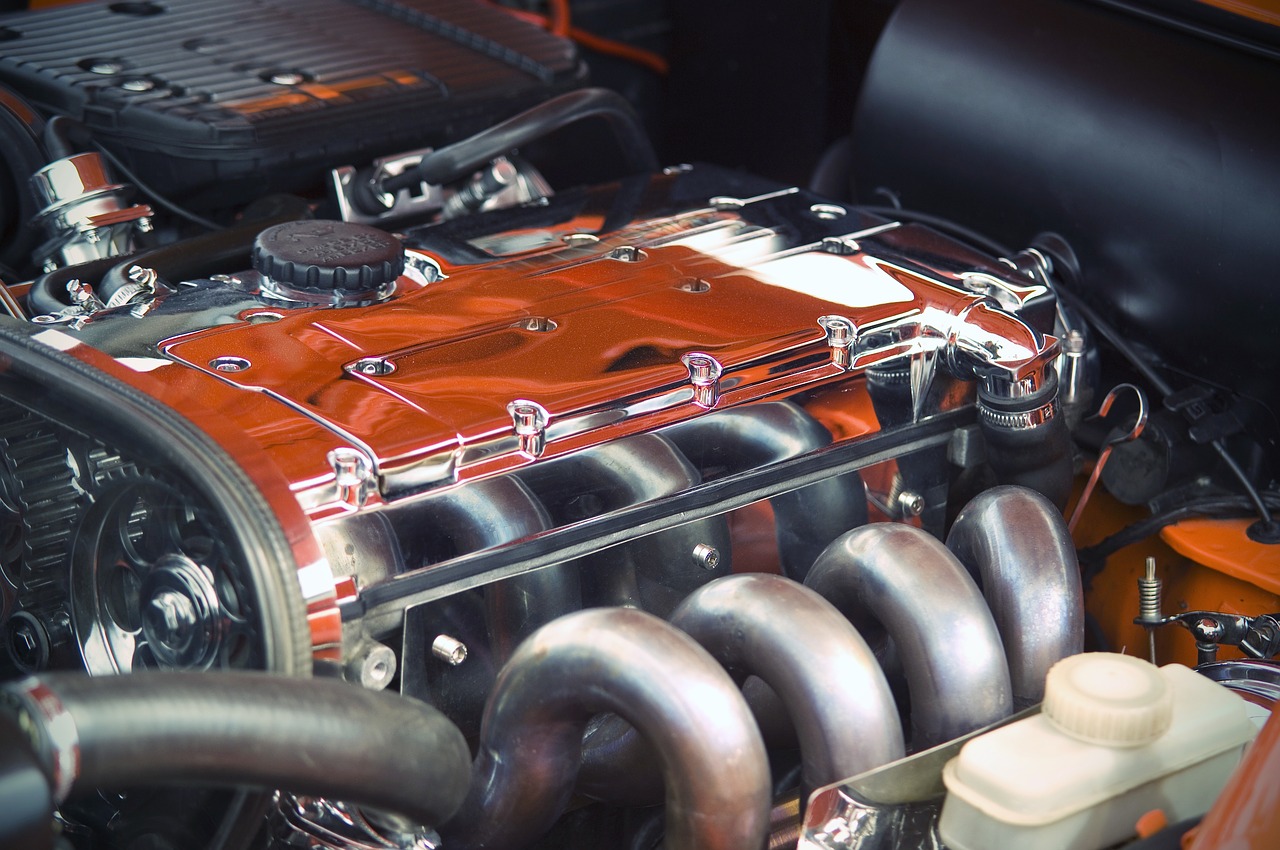Many people hop in their car without giving much thought to how the vehicle actually works. However, understanding how your car or truck operates is key to troubleshooting issues and knowing when it’s time to consult a mechanic.
Though hybrids, electric vehicles, and diesels are growing more popular, the vast majority of cars on the road today still have combustion engines fueled by gasoline. Most drivers understand that the engine requires fuel to run and oil for lubrication, but few really understand exactly how gasoline powers the car. The basic answer is that the engine burns gasoline to convert heat energy into mechanical work, which makes the wheels turn. Here’s a closer look at this process.
What Does It Mean to Have a Four-Stroke Engine?
The vast majority of gasoline engines on the road are four-stroke engines. In fact, the only cars with two-stroke ones are old Saabs that are quite loud and produce a lot of pollution, so they are extremely rare. The term “four-stroke” refers to the cycle of combustion in the engine, which happens in four stages.
First, it’s important to understand what a cylinder is. Engines have hollow metal tubes called cylinders, and inside of them are pistons that move up and down. As these pistons move up and down, they move rods connected to a device called a crankshaft that causes the wheels of a vehicle to turn. Some cars have as few as two cylinders while larger ones frequently have up to 12. More cylinders mean the engine produces more power.
Combustion moves the pistons up and down in the cylinder. Each cylinder is designed to harness the power of combustion through the thermal energy that is produced. The cylinders produce small, controlled explosions that push the piston down from the top of the cylinder through heat and expanding gas, which is the combustion stroke, the third stroke of the process. This stroke is also called the power stroke. The three other strokes create the conditions necessary for the tiny explosions to occur safely. These strokes are intake, compression, and exhaust.
The cycle starts with the intake stroke. During this phase, air and gasoline are drawn into the cylinder as the piston moves downward to create space for the mixture. Oxygen is required for combustion, which is why air is mixed with the fuel. The combustion chamber is filled with this flammable mixture. Then, the piston moves upward to compress the mixture and the intake valve closes to allow pressure to build in the cylinder. At the end of the compression stroke is the power stroke. At this point, the spark plug, located at the top of the cylinder, ignites the compressed gas and air, which forcefully pushes the piston back down. As this happens, the exhaust valve opens to allow the spent gas to escape the chamber. As the piston moves back up, the exhaust valve closes and the intake valve reopens to start the process again.
How Do the Cylinders Work Together to Move the Vehicle?
Engines come in a wide variety of different shapes and sizes. These different configurations have an impact on performance. Most car engines arrange the cylinders in a straight line. This configuration is known as an inline engine. However, some manufacturers will combine two inline banks in a V shape, which is why some engines may be described as a V6 or V8. The V indicates the formation, while the number refers to how many cylinders the engine has.
The V formation can produce a lot of energy in a formation that takes up less space, which is why it is often used in high-performance vehicles. When you’re buying a car, you may also notice that engines are classified by size in addition to formation. The size, which is also called the displacement, is the combined volume of all cylinders in the engine.
The formation of the cylinders in the engine has a big impact on its performance. When a vehicle shakes or seems to knock, this can indicate that the cylinders are not offset in the right way. The cylinders should be evenly spaced out and offset from each other in such a way that combustion does not occur simultaneously in all cylinders. Having the cylinders offset from each other provides for a smooth and balanced ride.
If all cylinders fired at the same time, the engine would knock in that particular direction and the vehicle would be difficult to drive. The firing order refers to how the cylinders fire in relation to each other to maintain a smooth ride. The most common firing order for a four-cylinder engine is one-three-four-two (cylinder #1 fires first, then cylinder #3, and so on), although several other patterns are possible. In engines with more cylinders, two are typically paired together so that they fire at the same time.
